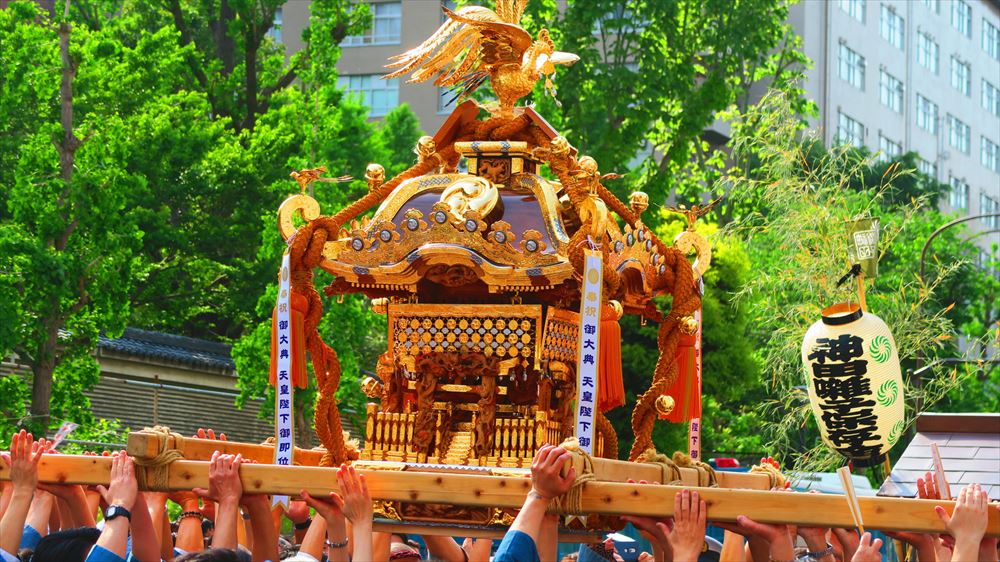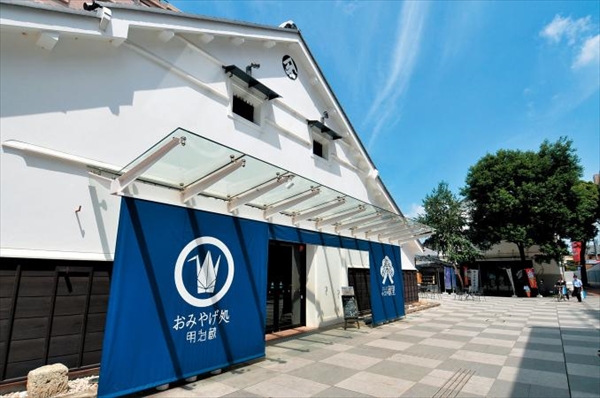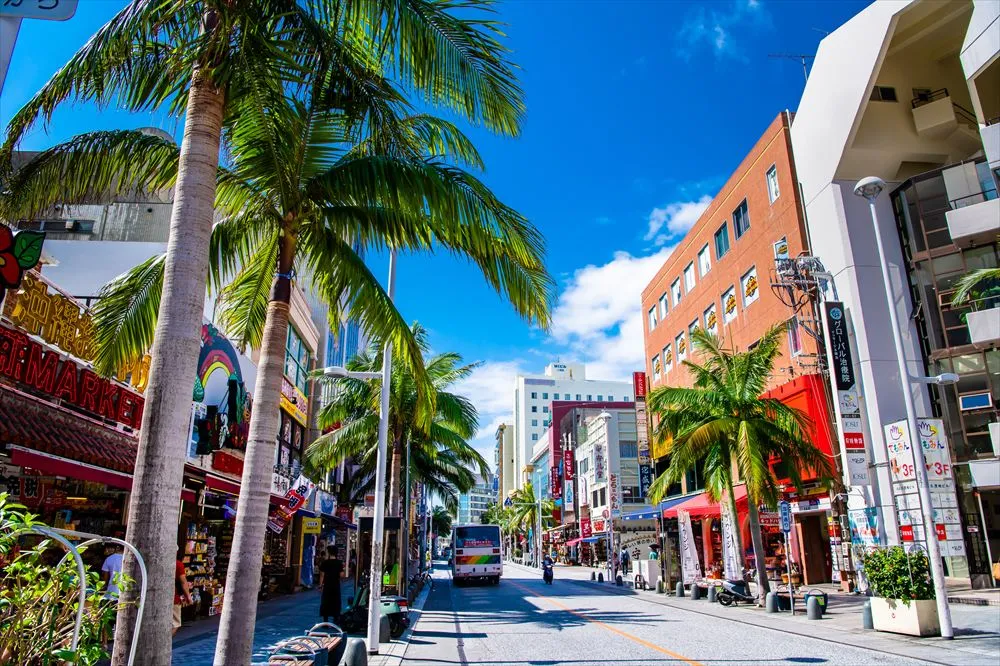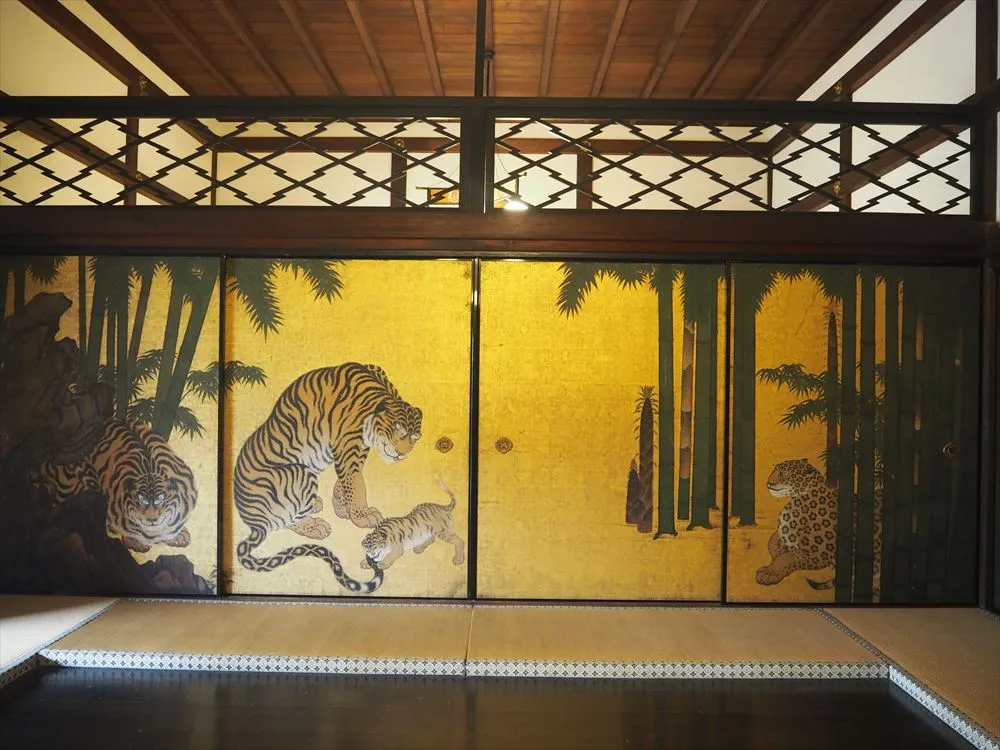 Today, let’s take the wraps off Japan’s traditional summer fashion, “yukata.”
Today, let’s take the wraps off Japan’s traditional summer fashion, “yukata.”
Putting on a yukata and heading out to a Japanese summer festival or fireworks show is one of the peaks of summer pleasures in Japan. On your travels, make the most of a Japanese summer and seize the chance to try this sensational summer style.
Yukata:traditional summer style in Japan
What is Yukata?
Originally, yukatas were thin kimonos to wear after a bath or before bed. Nowadays however, they are often worn as casual summer kimonos when attending seasonal events such as festivals and fireworks displays.
Made from thin fabrics that are soft to the touch and absorb sweat, such as cotton or linen, yukatas are perfectly suited for a hot summer day. Take your pick from countless colors and patterns to suit a variety of tastes for all ages, from the young to the elderly.
At summer festivals in Japan, the lights of stalls lining the streets illuminate the evening. The sight of people strolling the lanes dressed in vibrant yukata add an accent of romance to the night. This traditional fashion is an essential element not only of festivals, but also of other summer events, from fireworks to Bon Odori dances.

The history of the Yukata
The origins of yukata date back to the Heian period (794-1185). The first inspiration came from a type of garb worn by aristocrats after bathing, known as a “yukatabira.”
Later, it became popular among common people as yukata in the Edo period (1603-1868). At that time, cotton was just becoming widespread, and the new fabric caught on for yukatas due to its durability, ease of care, and pleasant sense of touch.
In the late Edo period, chic Edo socialites started going out in the yukata normally worn after bathing. This was likely the start of the current yukata style.
From the Meiji era (1868-1912) onward, the custom of wearing yukata not only after bathing, but as everyday summer fashion, became the norm.
From the Taisho era (1912-1926) to the early Showa era (1926-1989), yukatas with modern designs were all the rage. Eye-catching patterns and Western-style designs became popular among fashionistas.
Today as well, yukatas remain a cherished summer tradition. With a wealth of variations emerging, from retro style to contemporary, they are a constant source of fascination in the fashion world.

What is the difference between Kimono and Yukata?
Although yukata is a type of kimono, there are several differences.
To start, they are worn at different times of year. Kimonos may be worn year-round, but yukatas are meant as summer fashion. June to September is considered to be yukata season. In the peak heat of summertime, a yukata offers greater comfort than a kimono.
Also, the materials differ. Whereas luxury fabrics, including silk and pongee, are often used for kimonos, yukatas are made of thin, cool materials like cotton or linen.
Each is also worn in a different way. With a kimono, a long undergarment called “nagajuban” goes over our underwear, then the kimono is worn on top. Authentic kimono dressing requires many additional steps, such as tightening the “obi” sash using a waistband called an “obi ita,” and donning split-toed “tabi” socks with traditional matching thonged sandals known as “zori”.
On the other hand, a yukata may be worn directly over our underwear with no need for nagajuban. Also, a thin obi called a “heko obi” is most common, which is easier to tie. In general, wooden clogs called “geta” are usually worn with bare feet, much less formal than a kimono.
Each also has its own time, place or occasion. Kimonos are worn for formal events such as weddings, coming-of-age celebrations, and graduation ceremonies. On the other hand, yukatas are useful for casual times such as festivals and fireworks displays. Attending a formal event in a yukata may also be considered inappropriate, so please take care.

How to wear Yukata
Let’s look at how to put on a yukata.
First of all, to reduce the transparency of the thin cotton, a kind of slip known as “susoyoke” is worn over our underwear. Men generally wear shorts called “shitabaki” over their boxers.
Adjust the yukata to make sure the right-side layer is on top (“right” when seen from another’s point of view). Be aware that, as it is with a kimono, wearing such garments with the left side on top (from the onlooker’s perspective) is how the deceased are dressed.
Wrap the obi over the yukata. For a stylish impression, take the time to choose an obi with a matching pattern.
Geta, the Japanese wooden clogs, are the most common footwear. Men’s geta have thicker thongs and treads made of a single piece of wood. Geta for women often have thin thongs and a pattern on the base (the surface touching the sole of the foot). To easily match your yukata, geta with simple designs may be best.
Accessories are also essential to yukata style. Women especially enjoy coordinating with their favorite items from obi ornaments and kanzashi hairpins to drawstring purses. Whether cut as a bob, or put up in ponytails or buns, a wide variety of hairstyles can also beautifully accentuate the Japanese fashion.

Where to try Yukata
Kimono and yukata rental stores with multilingual services may be the easiest choice for overseas visitors. Here is a selection:
Kimono rental VASARA
21 stores nationwide. Extensive multilingual support is available at many stores with staff who speak not only English but also Chinese and Korean. Branches in tourist areas are especially well equipped to offer services tailored to foreign travelers.
https://vasara-h.co.jp/en/

Kimono rental wargo
From traditional Japanese patterns to the trends of today, a vast variety of kimonos and yukatas are here to choose from, all at reasonable prices. Choose from a total of 7 stores in popular areas including Kyoto, Asakusa, Kawagoe, Kanazawa, and Osaka.
English services are available, and tourists also have excellent access.
https://kyotokimonorental.com/en

These stores are designed to make it easy for travelers to enjoy traditional Japanese attire without worrying about language barriers. Online reservations in advance are recommended. Please check each store’s website for details.
Summary
So, are you ready for summer in Japan? Yukata, the country’s seasonal tradition, is the perfect outfit to experience Japanese culture in a casual way. You may think dressing up in this way seems rather complicated, but these days most people enjoy it in a light, informal way. Just follow some simple tips, and you can easily achieve a sophisticated yukata style.
Your adventure in Japan presents a great chance to get a yukata from a kimono rental shop and head out to the summer festivals. Walking around town in this timeless, elegant outfit while illuminated by the lights of the festival street stalls is sure to be a priceless summer memory.
Why not get in touch with Japanese culture through the chic styles of yukata fashion? This unforgettable experience may become the highlight of your summer in Japan!







